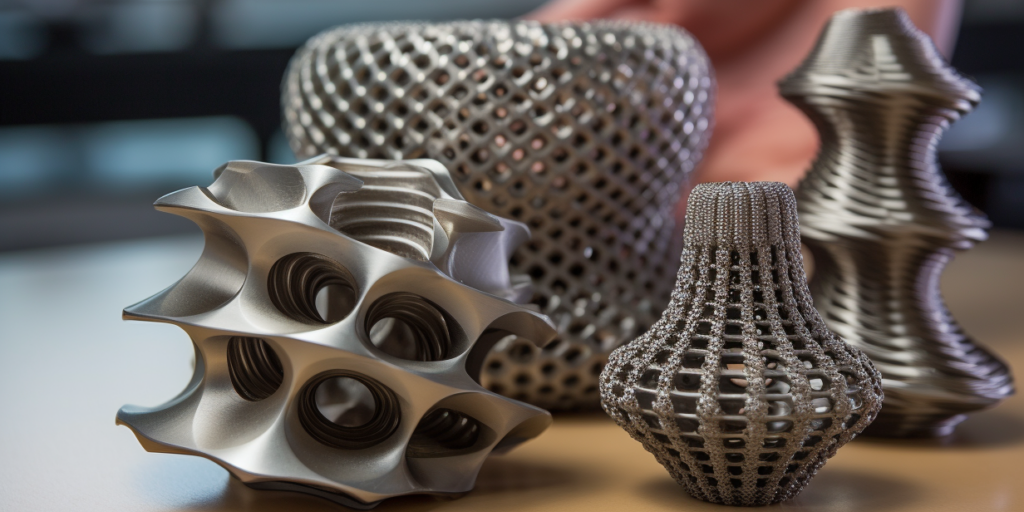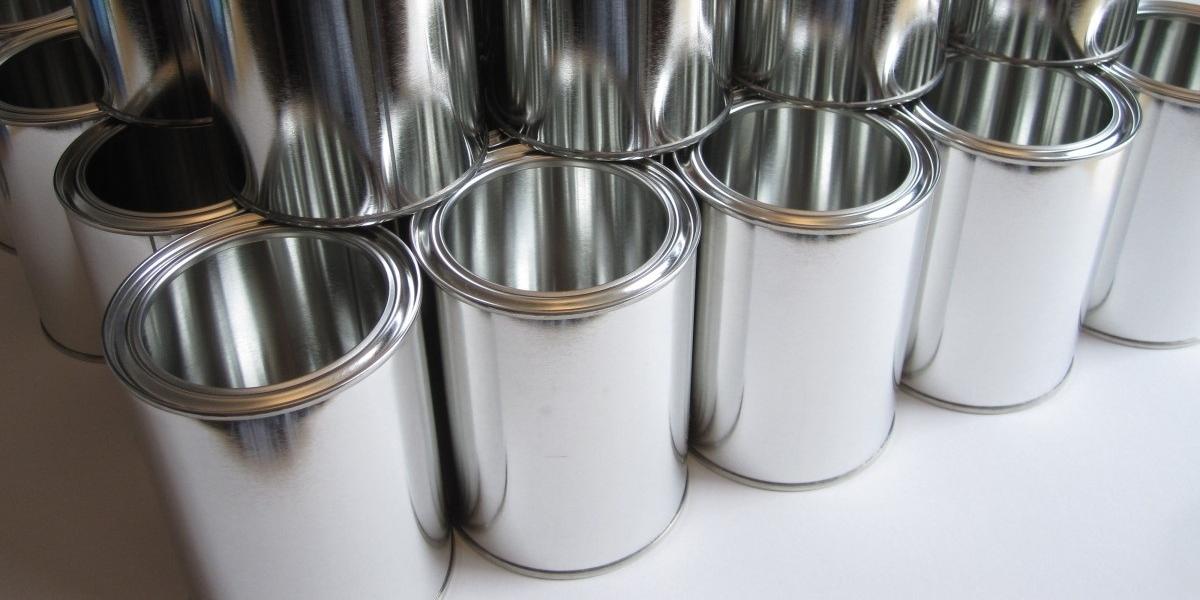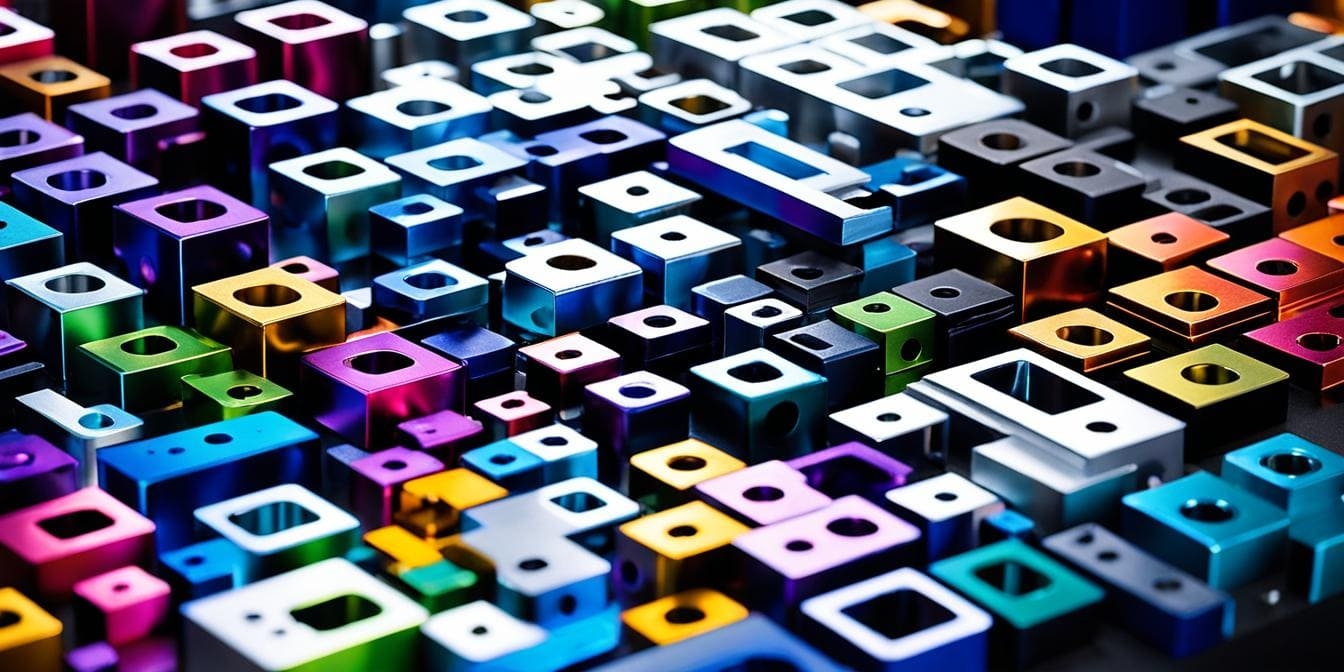In the ever-evolving world of manufacturing, 5 axis CNC machining is reshaping possibilities like a master key unlocking intricate designs. As industries race toward precision and efficiency in 2025, this advanced technology has become the cornerstone of innovation, blending artistry with engineering. At XMAKE, we’re thrilled to guide you through the latest breakthroughs in 5 axis CNC machining, where multi-dimensional capabilities meet smarter automation. Whether you’re crafting aerospace components or avant-garde prototypes, this comprehensive guide demystifies complex setups, material choices, and software integrations—all tailored to empower your projects. Ready to elevate your craft? Let’s dive into the future of manufacturing, where creativity and cutting-edge tools converge seamlessly.
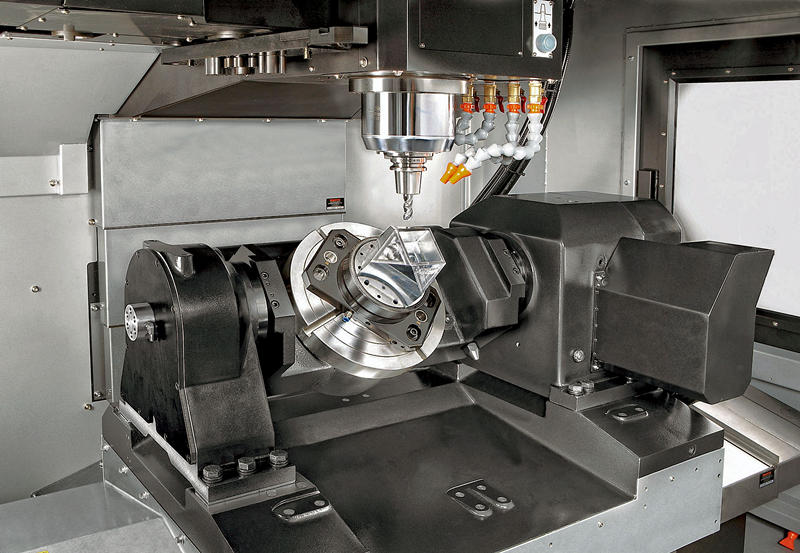
What is 5-Axis Machining?
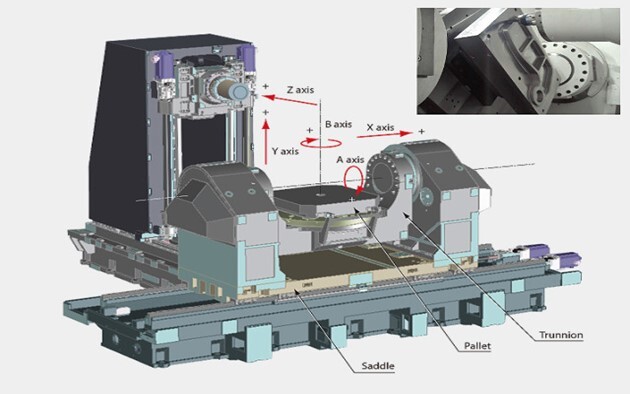
At its core, 5-axis machining is a manufacturing marvel where cutting tools move across five different directions simultaneously, unlike traditional 3-axis machines limited to three. Imagine a robotic arm that tilts, rotates, and pivots to carve intricate shapes from solid blocks—this is the power of 5-axis CNC machining. By adding two rotational axes (A and B), the machine accesses hard-to-reach angles without repositioning the workpiece, ensuring unmatched precision for complex geometries. This method slashes production time, reduces errors, and handles advanced materials like titanium or composites with ease. In industries demanding perfection—aerospace, automotive, or medical—5-axis technology isn’t just an upgrade; it’s the gold standard for turning ambitious designs into tangible reality.
Why 5-Axis Machining?
Unmatched Precision for Complex Designs
- 5-axis machining allows tools to tilt and rotate around a workpiece, like a sculptor shaping clay from every angle.
- It carves intricate curves, cavities, or undercuts in a single setup—no flipping or repositioning needed.
- Ideal for creating aerospace components, medical devices, or detailed prototypes with microscopic accuracy.
Faster Production, Fewer Errors
- Traditional 3-axis machines require pauses to adjust the workpiece; 5-axis CNC machining automates rotations, slashing production time.
- Fewer manual steps mean fewer mistakes, saving time and material costs.
- Perfect for high-volume projects where speed and consistency are critical.
Versatility Across Materials & Industries
- Whether machining titanium for jet engines or delicate plastics for consumer electronics, 5-axis systems adapt effortlessly.
- Its ability to handle heat, stress, and fragile materials makes it a go-to for automotive, energy, and robotics sectors.
- Think of it as a Swiss Army knife for modern manufacturing—ready for any challenge.
Types of 5-Axis Machining
| Machine Style | Description | Common Uses |
|---|---|---|
| Trunnion Style | Rotates workpiece like a pottery wheel for detailed cuts on small parts. | Jewelry-making, tiny engine components |
| Swivel Head | Tool moves to reach tricky spots on large objects. | Boat propellers, heavy machinery parts |
| Hybrid Style | Combines rotating tools and moving table for flexible designs. | Medical tools, custom robotics |
| Gantry Style | Tools glide on a bridge-like frame for massive items. | Airplane wings |
| Mill-Turn Centers | Combines spinning workpiece with 5-axis cutting for multitasking. | Screws, turbochargers |
Trunnion Style (Table/Table)
- Rotates the workpiece like a pottery wheel for detailed cuts on small parts.
- Common in jewelry-making or tiny engine components.
2. Swivel Head (Head/Head)
- Tool moves like a dancer’s arm to reach tricky spots on large objects.
- Used for boat propellers or heavy machinery parts.
3. Hybrid Style (Head/Table)
- Mixes rotating tools and a moving table for super-flexible designs.
- Fits medical tools or custom robotics.
4. Gantry Style
- Tools glide on a bridge-like frame, ideal for massive items like airplane wings.
- Think of a crane lifting and carving at the same time!
5. Mill-Turn Centers
- Combines spinning the workpiece (like a lathe) with 5-axis cutting.
- 5-axis machining meets multitasking—perfect for screws or turbochargers.
leading manufacturers of 5-axis CNC machines?
| CNC Machine Brand | Description | Common Uses |
|---|---|---|
| DMG Mori | Known for 5-axis precision, ideal for aerospace and automotive parts. Handles hard metals like titanium. | Aerospace parts, car engines, airplane turbines |
| Haas Automation | Offers budget-friendly machines like the UMC-750, suitable for small workshops or educational settings. Easy to learn and reliable. | Small workshops, schools, everyday projects |
| Mazak | High-speed models such as VARIAXIS excel in cutting steel or aluminum quickly. Popular in medical tool and wind turbine manufacturing. | Medical tools, wind turbine parts |
| Okuma | Combines milling and turning capabilities; robust for heavy-duty applications in construction or shipbuilding (e.g., MU-5000). | Construction equipment, shipbuilding components |
| Hermle | Specializes in crafting precise small parts; often used in luxury timepieces or medical implants due to its high accuracy. German-engineered quality ensures reliability and precision. | Luxury timepieces, medical implants |
| Makino | Known for speed and agility with models like the D500; ideal for producing lightweight titanium components needed by racing teams. Fast production of complex shapes is a hallmark of Makino machines. | Racing teams (lightweight titanium components) |
| Hurco | Features user-friendly touchscreen controls with models like VMX30; perfect for educational institutions or custom furniture makers who need simplicity without sacrificing performance. | Schools, custom furniture makers |
| Grob | Modular design allows scalability from small projects to large-scale industrial applications such as car factories or robotics labs. | Car factories, robotics labs |
| FANUC | Integrates robots with CNC technology to create fully automated smart factories primarily used in electronics manufacturing (smartphones/gadgets). This integration enhances efficiency through automation. | Smartphones/gadgets manufacturing |
| Mikron | Specializes in mass-producing tiny precision parts without errors; commonly used products include dental braces and camera lenses where accuracy is paramount. | Dental braces/camera lenses |
1. DMG Mori
- A powerhouse in 5-axis CNC machines, DMG Mori builds giants like the “NZX Series” that carve aerospace parts with laser-like precision.
- Their machines work nonstop, even on rock-hard metals like titanium, making them a go-to for car engines and airplane turbines.
2. Haas Automation
- Haas offers budget-friendly machines like the UMC-750, perfect for small workshops or schools.
- Think of them as the “friendly teacher” of CNC tech—easy to learn and reliable for everyday projects.
3. Mazak
- Mazak’s “VARIAXIS” models are speed demons, slicing through steel or aluminum like butter.
- Loved by factories making medical tools or wind turbine parts.
4. Okuma
- Okuma’s “MU-5000” combines milling and turning, like a chef who chops and stirs at the same time.
- Built tough for heavy-duty jobs in construction or shipbuilding.
5. Hermle
- German-engineered Hermle machines are the “watchmakers” of CNC—crafting tiny, flawless parts for luxury timepieces or medical implants.
6. Makino
- Makino’s “D500” is a sports car: fast, agile, and perfect for racing teams needing lightweight titanium components.
7. Hurco
- Hurco’s “VMX30” has touchscreen controls so simple, even a beginner can master it. Ideal for schools or custom furniture makers.
8. Grob
- Grob’s modular machines adapt like LEGO blocks, scaling up for car factories or robotics labs.
9. FANUC
- FANUC merges robots with 5-axis CNC machines to create fully automated “smart factories” for smartphones and gadgets.
10. Mikron
- Mikron specializes in mass-producing tiny parts—think dental braces or camera lenses—with zero errors.
Application of 5 Axis CNC Machining
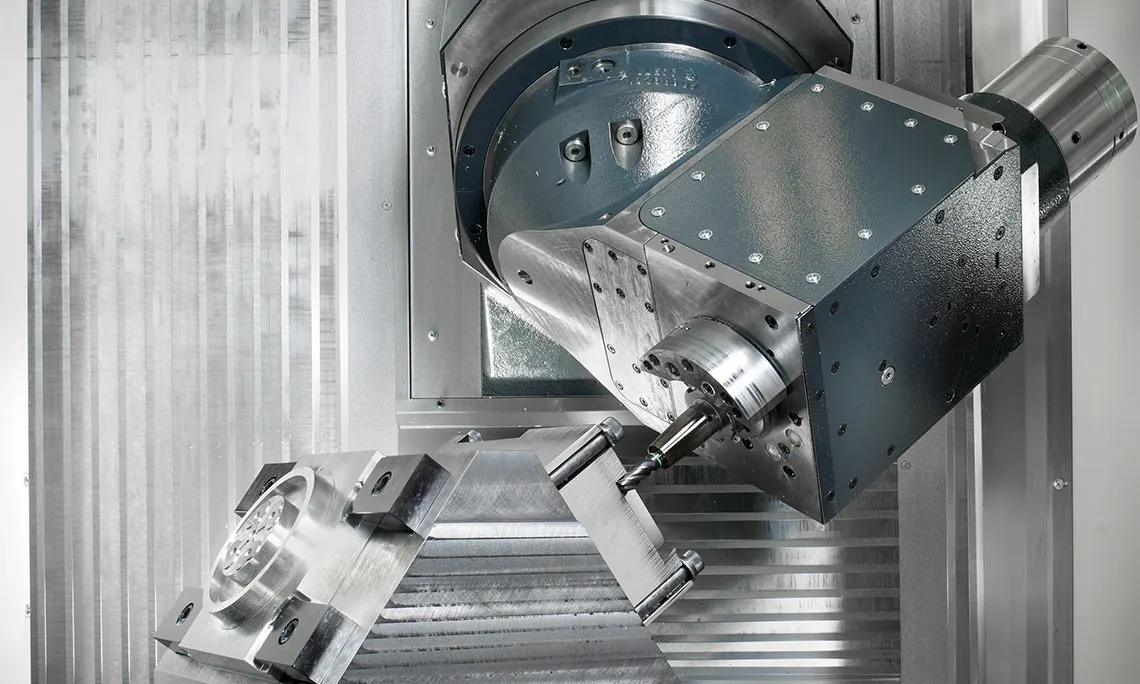
1. Aerospace Engineering
- 5-axis CNC machining is the backbone of modern aerospace manufacturing, producing critical components like turbine blades, engine housings, and wing spar systems.
- Its ability to carve ultra-lightweight, aerodynamic shapes from materials like titanium and Inconel ensures parts withstand extreme temperatures and stress during flight.
- Complex fuel nozzles and satellite components rely on this technology for micron-level precision, reducing assembly steps and boosting fuel efficiency.
2. Automotive Innovation
- From high-performance transmission housings to custom alloy rims, 5-axis CNC machining enables faster prototyping and production of durable, lightweight automotive parts.
- Electric vehicles (EVs) benefit from intricately cooled battery trays and motor components, while luxury cars use it for sculpted dashboards and precision-engineered suspensions.
- Even Formula 1 teams leverage its speed to iterate carbon fiber aerodynamic kits in record time.
3. Medical Marvels
- Surgeons depend on 5-axis-machined titanium hip implants, spinal rods, and dental prosthetics tailored to individual patient anatomy.
- The process ensures biocompatible surfaces free of microscopic imperfections, reducing infection risks.
- Delicate tools like endoscopic surgical blades and MRI machine components are crafted with surgical precision, impossible with traditional methods.
4. Energy Solutions
- Wind turbine hubs, geothermal drill bits, and nuclear reactor coolant channels demand the robustness of 5-axis machining.
- Solar panel molds and hydroelectric turbine blades are shaped to optimize energy capture, even in corrosive marine environments.
- Oil and gas industries use it for durable valve systems and pipeline connectors that endure decades of high-pressure stress.
5. Consumer Goods
- From ergonomic smartphone casings to weatherproof smartwatch bodies, 5-axis CNC machining blends aesthetics with functionality.
- Luxury brands rely on it for flawless jewelry molds, high-end audio equipment, and lightweight carbon fiber bicycle frames.
- Even niche markets like custom gaming controllers or drone components use it for rapid, small-batch production with studio-quality finishes.
Conclusion
As industries push the boundaries of design and efficiency, 5-axis CNC machining stands as the ultimate bridge between imagination and reality. From aerospace turbines to life-saving medical implants, this technology unlocks possibilities that once seemed confined to science fiction. In 2025, its role is more vital than ever—slashing waste, accelerating innovation, and empowering businesses to tackle complex challenges with confidence. At XMAKE, we’ve explored how 5-axis CNC machining isn’t just a tool but a catalyst for progress, blending precision with creativity across every sector. Whether you’re a seasoned engineer or a curious newcomer, mastering its potential ensures you’re ready to lead in tomorrow’s manufacturing landscape. The future isn’t just being built—it’s being machined to perfection.
Consider Partnering with XMAKE
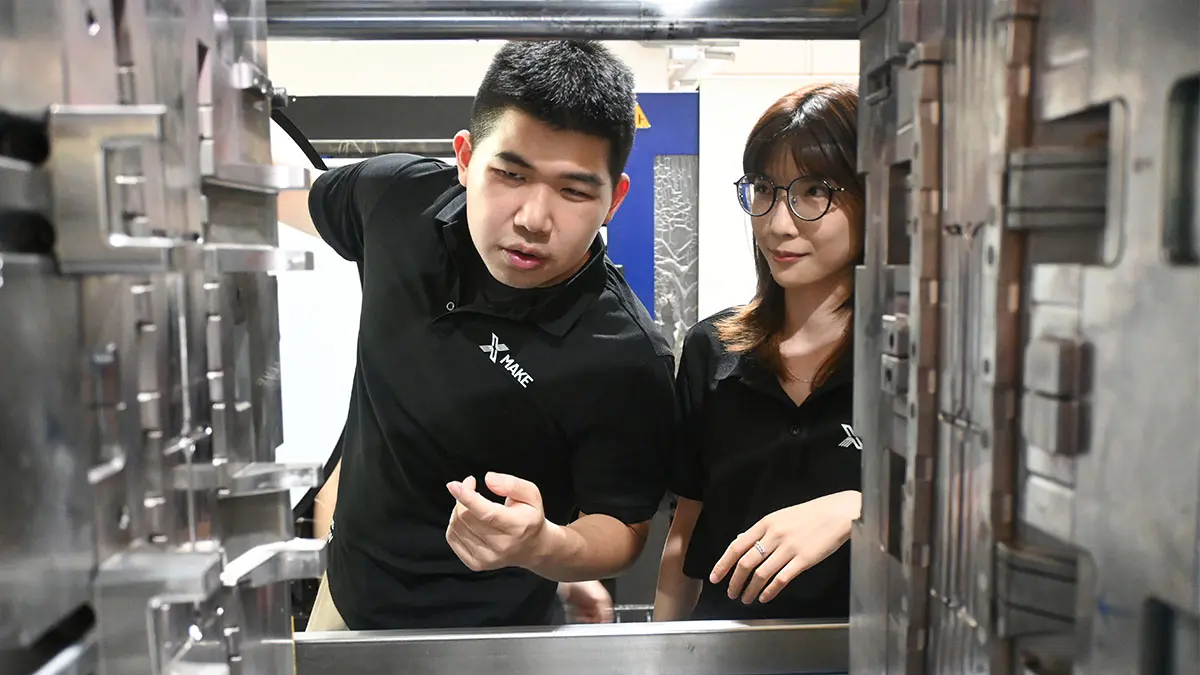
- End-to-End Support: From design optimization to final production.
- State-of-the-Art Machines: Latest 5-axis systems for complex geometries.
- Industry-Proven Results: Trusted by leaders in aerospace, energy, and beyond.
Don’t let complex projects stall innovation—Contact XMAKE Today to discuss your next challenge. Let’s engineer the future, together!
FAQ
1. How much does 5-axis CNC machining cost per hour?
Costs typically range from $75 to $250+ per hour, depending on machine size, material, and part complexity. High-end machines with advanced tooling or exotic materials (like titanium) lean toward the upper range. While pricier than 3-axis machining, it often reduces total costs by completing parts in fewer steps.
2. How does a 5-axis CNC machine work?
Imagine a robot arm that can tilt, rotate, and move in five directions at once:
- The tool moves along X, Y, Z (linear axes) while the workpiece rotates on A and B (rotational axes).
- This allows cutting from any angle without manual repositioning. Software like CAM plans the toolpath, turning 3D designs into precise movements.
3. Do you really need all 5 axes?
Not always!
- 3-axis machines are cheaper and ideal for simple, flat parts.
- 5-axis machines shine for complex curves, undercuts, or tight deadlines. If you’re making aerospace components or intricate molds, 5-axis is worth the investment. For basic brackets? Stick with 3-axis.
4. What can a 5-axis CNC machine do?
- Carve aerospace turbine blades with aerodynamic curves.
- Mill medical implants tailored to patient anatomy.
- Create custom automotive prototypes in days, not weeks.
- Machine artistic sculptures from metal or wood.
References
- SME Publishing. (2023). Advanced machining processes. Society of Manufacturing Engineers.
- Gardner Intelligence. (2024). Machine tool market report: 2024 industry trends and forecasts. Gardner Business Media.
- DMG Mori. (n.d.). 5-axis CNC machine technical whitepapers. DMG Mori Co., Ltd.
- ASME. (2022). Applications of 5-axis CNC machining in high-precision industries. Journal of Manufacturing Science and Engineering, 144(5), 051003.
- International Organization for Standardization. (2023). ISO 10791-7:2023: Test conditions for machining centres – Part 7: Accuracy of finished test pieces. ISO.
- Makino. (2023). Case studies: 5-axis machining in automotive and energy sectors. Makino Milling Machine Co., Ltd.
- National Institute of Standards and Technology. (2021). Precision metrology for multi-axis CNC systems. U.S. Department of Commerce.


